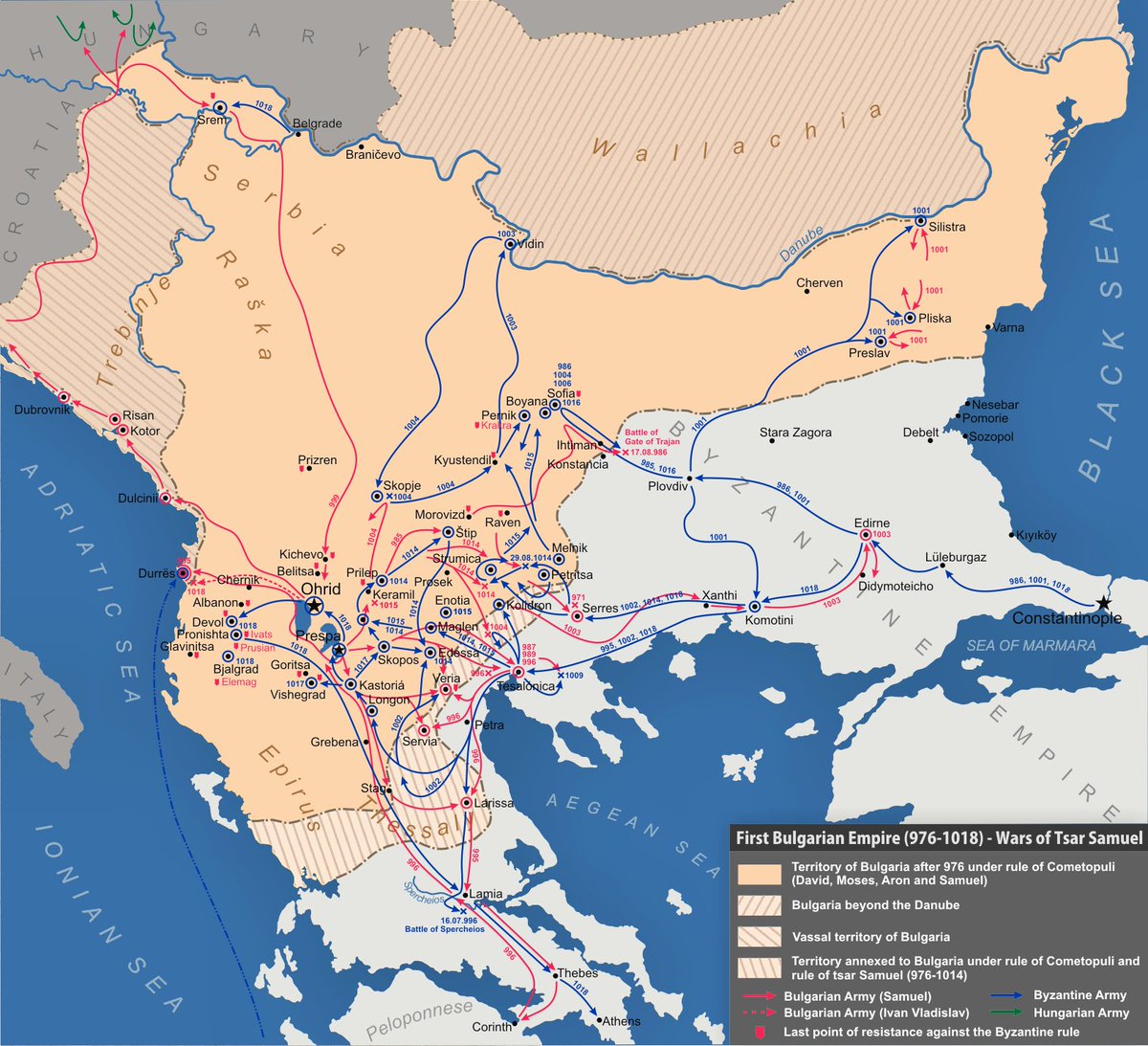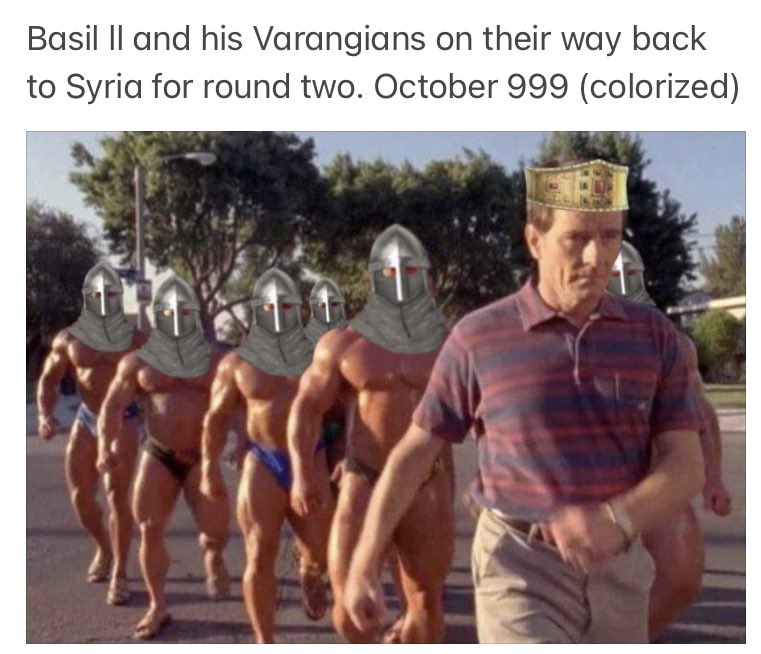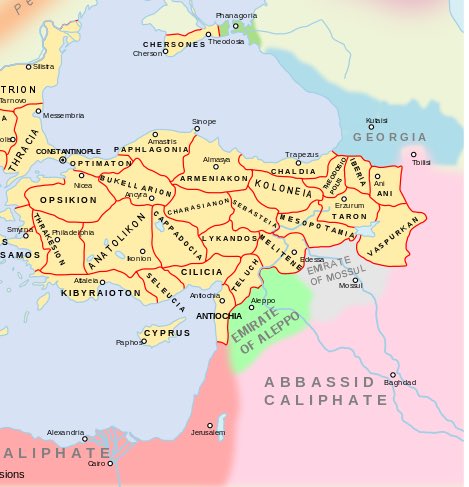
So far we have covered the exploits of the first generation of the Varangian Guard in Byzantine service. However, our understanding of these men remains incomplete until we explore the world they came from. 

Swedish Vikings and traders had prowled the waters and towns of the Gulf of Finland for generations by the time a warrior named Rurik entered the scene. The local Slavic and Finnic tribes had recently refused to pay tribute to the Swedes and quarreled since they had no laws. 
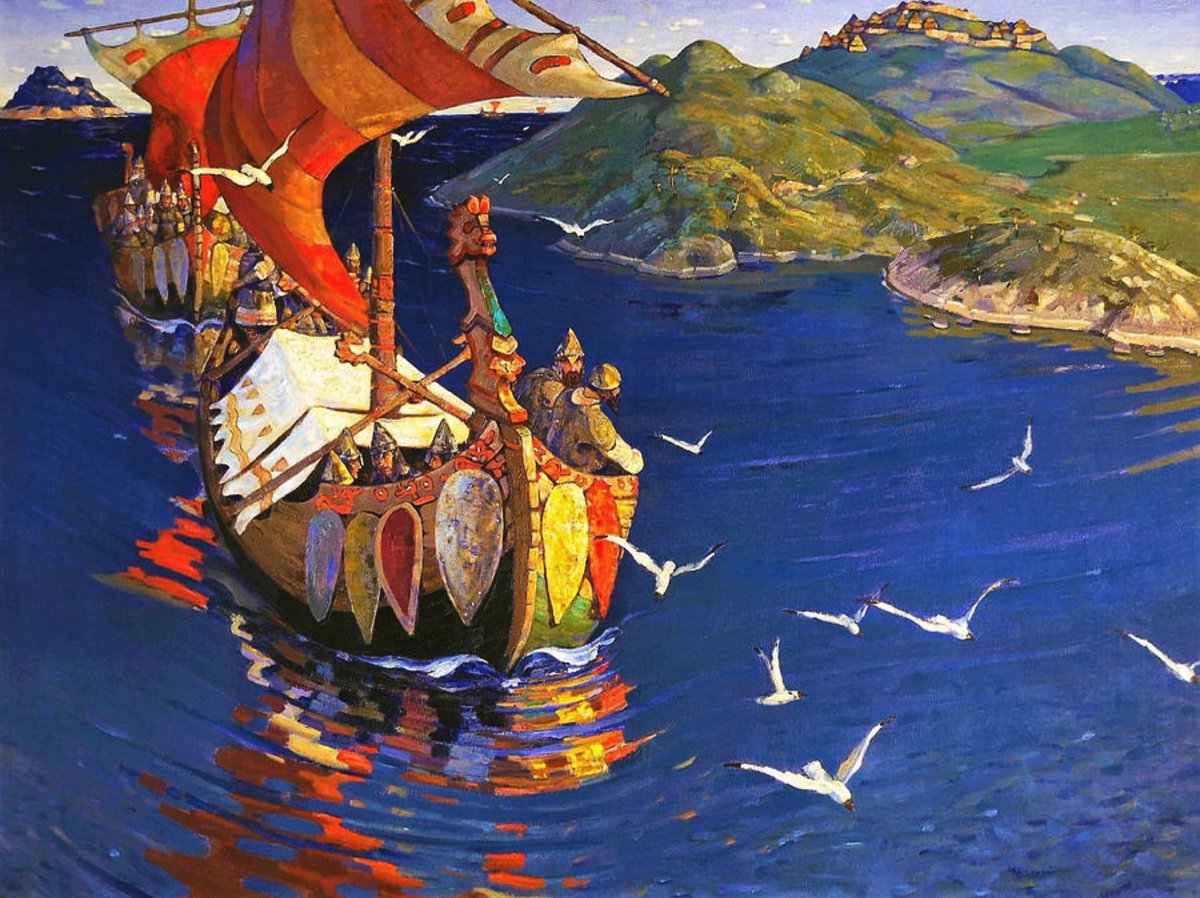
The Russian Chronicle records that they extended an invitation to Rurik and his brothers, Sineus and Truvor, to bring their kin and rule over them. Rurik accepted and they began to rule the region from Novgorod. Sineus and Truvor soon died and Rurik ruled alone. 
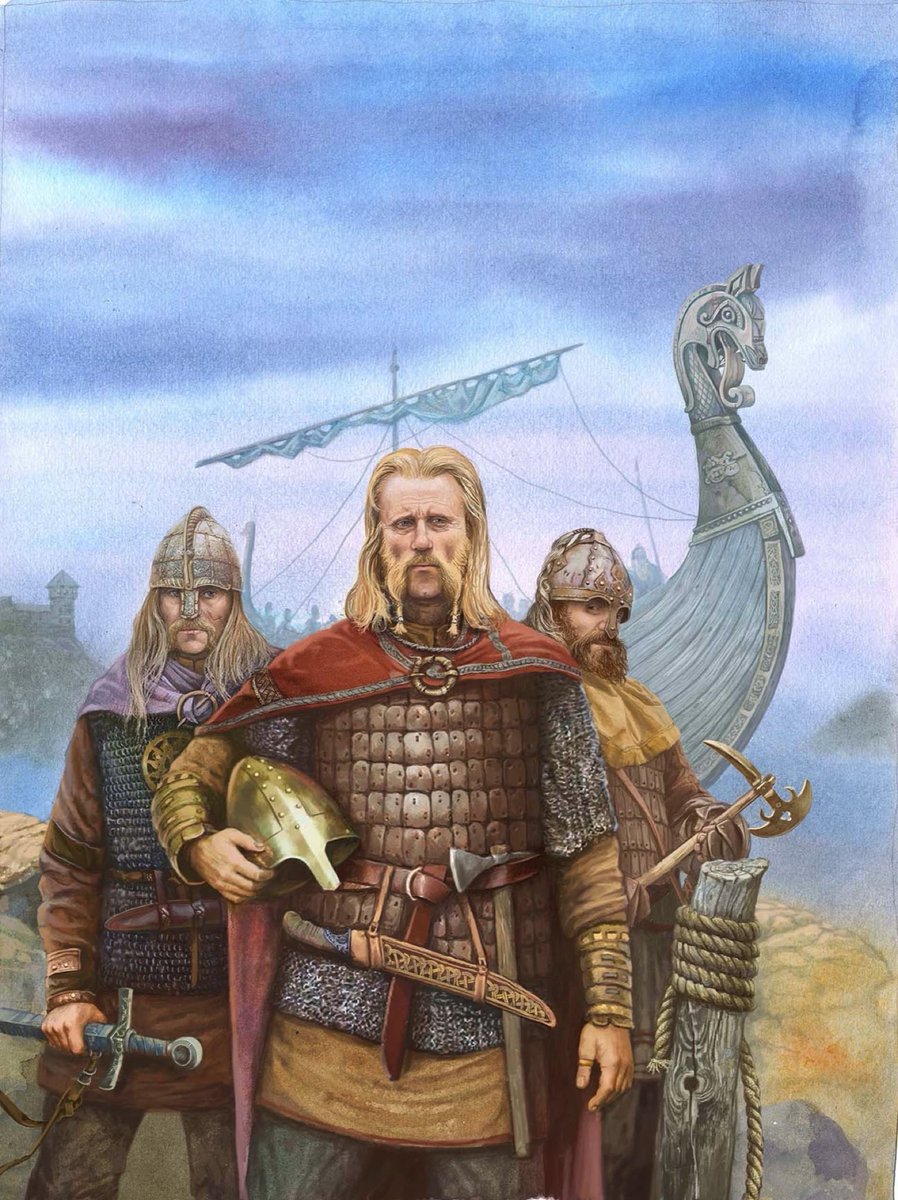
It is more likely that Rurik was one in a long line of Swedes to raid, trade, and settle in the region, but the first to consolidate rule over Norse colonists and local Baltic, Finnic, and Slav tribes. This conquest is likely the source of the apocryphal “invitation.” 

Soon after two of Rurik’s men, Askold and Dir, asked Rurik for permission to sail downriver to Constantinople. On their way down the Dnieper they captured a small town on a hill overlooking the river from the Khazars. That town, Kiev, would become the future capital of the Rus. 

Askold and Dir then proceeded to Constantinople and laid waste to its suburbs, catching the Byzantines by surprise. This was the first recorded contact between these nations and the Rus sailed back with tales of Constantinople and unimaginable wealth. 

The Patriarch sent missionaries north and began the long process of converting the Rus. From these initial contacts the Rus and Byzantines established a bustling trade network that connected Northern Europe with the Mediterranean and Arab worlds. 

Rurik died in 879 and his kinsman Oleg, took control as regent for his son, Igor. In 880-882 Oleg led an army south down the Dnieper River, capturing Smolensk, Lyubech, and Kiev, where he killed Askold and Dir. 

Oleg, seeing Kiev’s advantageous position on trade routes, made it the new capital. Oleg continued Rurik’s work, subjugating Slav tribes, and building forts and towns for his Norse settlers, soldiers, and merchants along the waterways of Eastern Europe. 

Kiev and many of the Slav tribes in the south were previously under the control of the Khazar Khaganate. Rus expansion into modern-day Ukraine would put them on a collision course with the nomads and their empire as they vied for critical trade routes on the rivers and plains. 

When the Magyars migrated into the Carpathian Plain, pressured by the expanding Pechenegs, the Khazars lost a valuable ally and became increasingly vulnerable. The Rus used this opportunity to peel away their Slav tributaries and attack the Khazars to secure the Don and Volga. 

Oleg’s control of the great rivers on which trade passed between the Baltic and Russia to Constantinople and beyond made him and his nobles exceedingly wealthy. Beeswax, honey, furs, amber, and slaves were brought to Constantinople’s markets. 

Merchants would return with wine, spices, jewelry, glass, silk, and other manufactured products. This trade was the lifeblood of the Rus and many of their conflicts revolves around controlling it. 
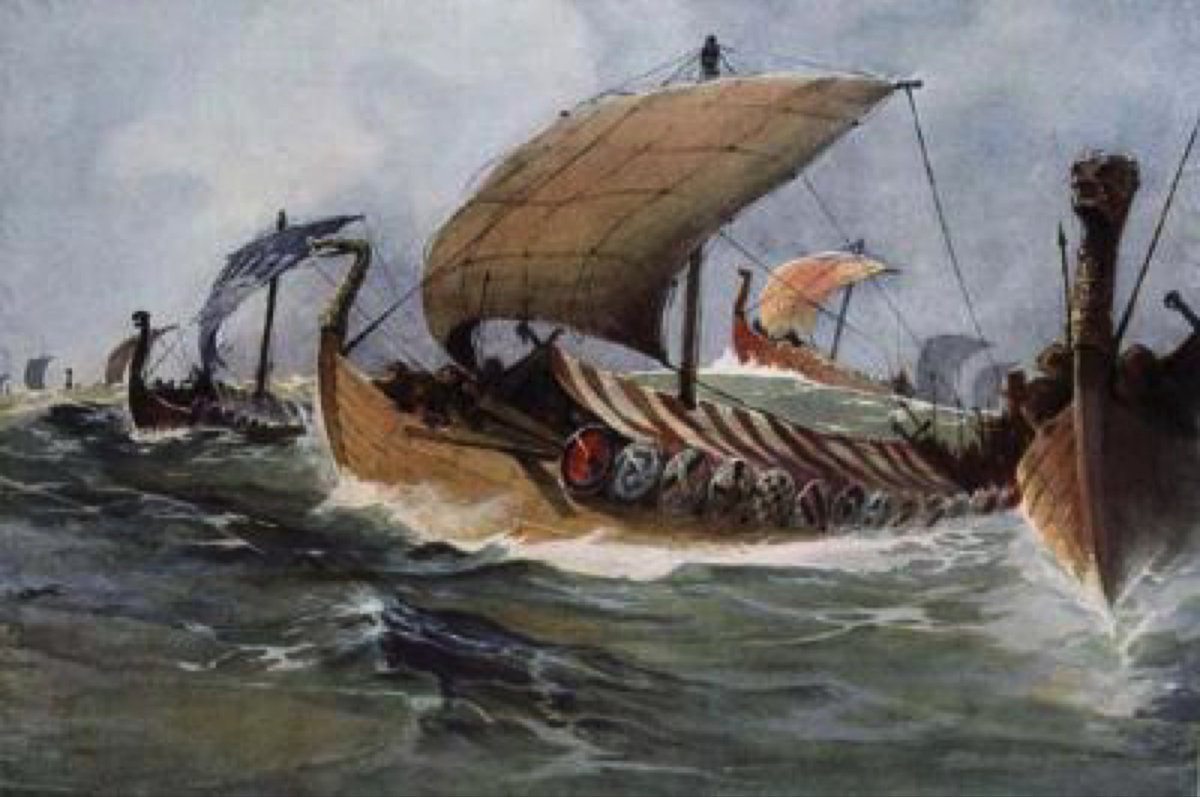
With the weakening of the Khazars, the Pechenegs gained control of the Ukrainian grasslands. The Dnieper River and most of the Rus trade passed through this way, the rapids south of Kiev made the journey especially treacherous.
When traders reached the rapids they had to pull their goods and boats out of the water and drag them overland. This made them particularly vulnerable to Pecheneg extortion and attacks. This lead to much conflict between the Rus and Pechenegs as they vied for control. 

The steppe tribes weren’t the only ones Oleg fought to secure his trade revenues. In 907, Oleg led 5,000 Rus warriors in a fleet of 200 ships to Constantinople. Before he reached the city Byzantine envoys provided Oleg with luxurious food and wine. 

Sensing danger, Oleg refused the poisoned wine and laid siege to the city. The Byzantines had strung an iron chain across the Golden Horn, but Oleg fitted wheels to his dugout canoes and transported them overland and past the chain, exposing the weaker sea walls to his men. 

With this, the Byzantines were ready to negotiate. The Rus were given a hefty tribute and privileges including a merchant colony near the city around the Church of St. Mamas, mutual aid for shipwrecked merchants, and the right of Rus warrior to enlist as Byzantine mercenaries. 

Oleg was allowed to nail his shield to the city walls in triumph before he left for Kiev, treasure in tow and treaty in hand. 

This treaty provided the Rus and Byzantines with a framework for their burgeoning trade network. George Verdansky, the author of “Kievan Russia,” estimated the annual Rus trade flotilla was roughly ten thousand tons of goods, far larger than any other European trade network.
This massive trade proved incredibly lucrative for both the Rus and Byzantines and helped bring their nations, cultures, and religions closer together. 

As time went on the Norse settlers, warriors, merchants, and nobles began to merge with the Slavic tribes they ruled over. This fusion eventually gave rise to a unique, but predominantly Slavic, Rus identity. Another thread will examine this fusion in depth. 

Oleg and Rurik forged a state from the disparate tribes of the forests of Eastern Europe gave rise to a new power in medieval Europe. Oleg’s guarantee of favorable trading rights with Constantinople ensured this dynamic power would mature under Byzantine influence. 

This influence is still felt today as Russian culture, religion, and history still draw from this ancient connection. In the next thread we will talk about Igor’s reign and Rus attacks further afield, all the way to Azerbaijan. 

• • •
Missing some Tweet in this thread? You can try to
force a refresh






